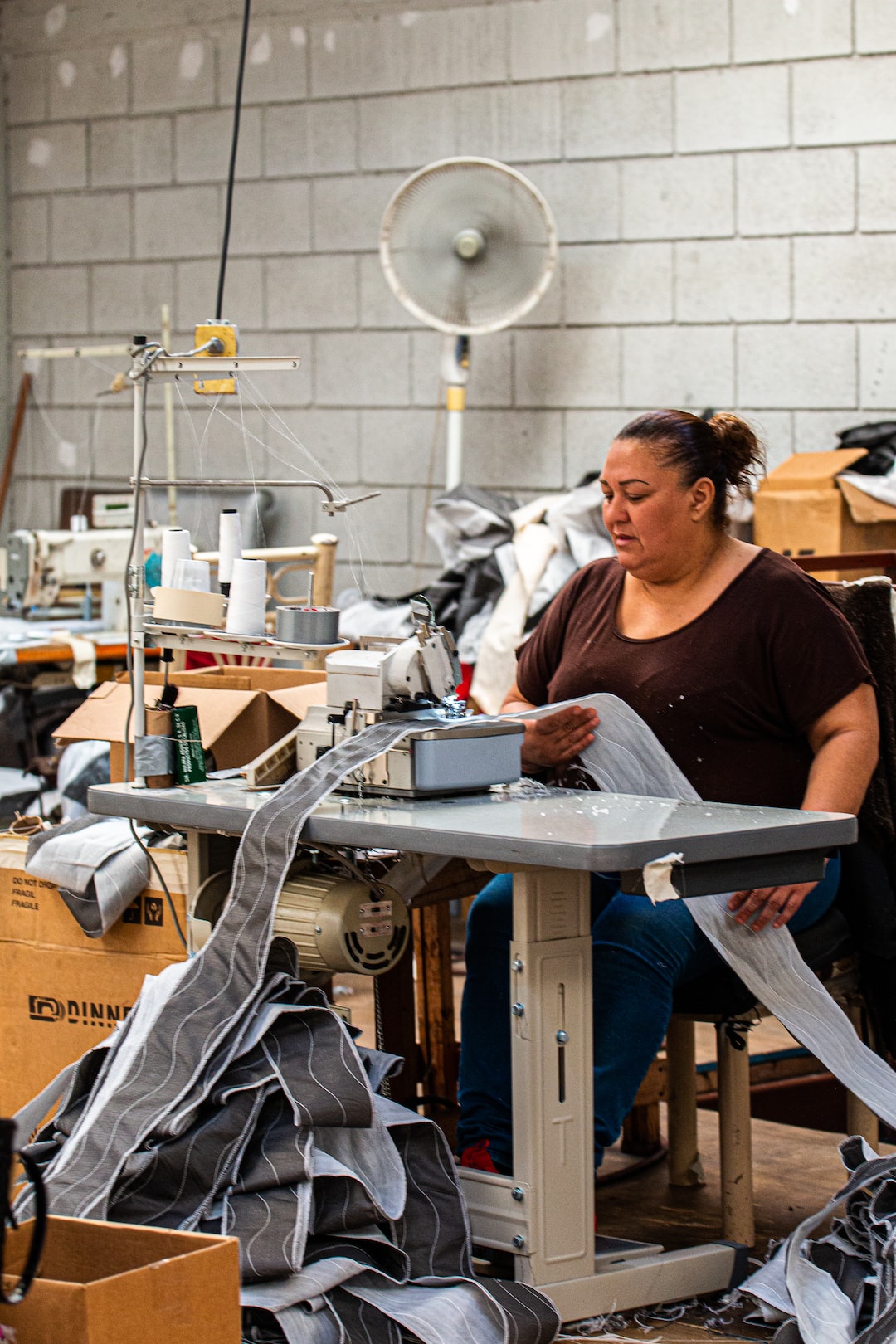The COVID-19 pandemic has caused unprecedented disruptions across various sectors of the global economy, with the manufacturing industry being one of the hardest hit. As countries imposed strict lockdowns and travel restrictions to control the spread of the virus, manufacturing plants and supply chains came to a grinding halt. This sudden halt not only resulted in significant losses for manufacturers but also exposed vulnerabilities in the industry’s globalized structure.
The impact of COVID-19 on the manufacturing industry was multi-faceted. Firstly, the disruption in supply chains caused severe shortages of raw materials and components, leading to production delays and decreased productivity. Manufacturers heavily reliant on imports from heavily affected countries were particularly affected. Furthermore, social distancing measures and the need to ensure the safety of workers meant that many factories had to scale down their operations or temporarily shut down, resulting in reduced production capacities.
The consequences of these disruptions were felt not only by manufacturers but also by various other industries and consumers worldwide. From the automotive and electronics industry to the pharmaceutical and textile sectors, manufacturing disruptions led to a decrease in product availability and a surge in prices. This, coupled with reduced levels of consumer spending due to economic uncertainties, further compounded the challenges faced by manufacturers and added to the impacts of the pandemic.
Despite these immense challenges, the manufacturing industry has also witnessed remarkable resilience and adaptability during these testing times. In response to the supply chain disruptions, some manufacturers swiftly shifted their focus to producing essential goods such as personal protective equipment (PPE), ventilators, and sanitizers. This pivot in production not only helped meet the demand for critical healthcare supplies but also ensured the survival and sustainability of many manufacturing businesses.
Additionally, the pandemic has accelerated the adoption of digital technologies in the manufacturing sector. The need for remote working, virtual meetings, and contactless operations has pushed manufacturers to embrace automation, artificial intelligence, and data analytics. These technologies not only ensure business continuity during crises but also offer long-term efficiency gains and cost savings.
The road to recovery for the manufacturing industry is a complex one, with several key factors coming into play. Firstly, manufacturers need to reassess their global supply chains and consider diversifying their sourcing options to mitigate future risks. Over-reliance on a single region or supplier proved detrimental during the pandemic, and lessons need to be learned to build more robust and resilient supply chains.
Secondly, governments and industry stakeholders must prioritize infrastructure investments to enhance manufacturing capabilities and productivity. This includes investing in advanced technologies, upgrading production facilities, and fostering research and development activities. Such investments will not only accelerate the recovery process but also foster innovation and enable manufacturers to adapt to future disruptions more effectively.
Furthermore, collaboration and cooperation between governments, industry associations, and manufacturers are essential for a successful recovery. Governments should provide necessary support through policies, incentives, and financial aid to help manufacturers overcome the challenges posed by the pandemic. Industry associations can play a vital role in facilitating knowledge sharing, best practices, and establishing common standards to restore the sector’s growth and resilience.
Finally, the manufacturing industry must recognize the importance of sustainability in its recovery efforts. The pandemic has highlighted the need for resilient, sustainable, and responsible manufacturing practices that prioritize the well-being of workers, communities, and the environment. Embracing circular economy principles, reducing waste, and adopting renewable energy sources are some measures that can help manufacturers build a greener and more sustainable future.
In conclusion, the COVID-19 pandemic has undoubtedly had a severe impact on the manufacturing industry. However, it has also acted as a catalyst for change, forcing manufacturers to adapt, innovate, and build resilience. As the world slowly recovers from the pandemic, the manufacturing industry must seize this opportunity to reimagine and rebuild a more sustainable and robust future. By diversifying supply chains, embracing digital technologies, and prioritizing sustainability, manufacturers can pave the way for a stronger and more resilient industry in the post-COVID world.

